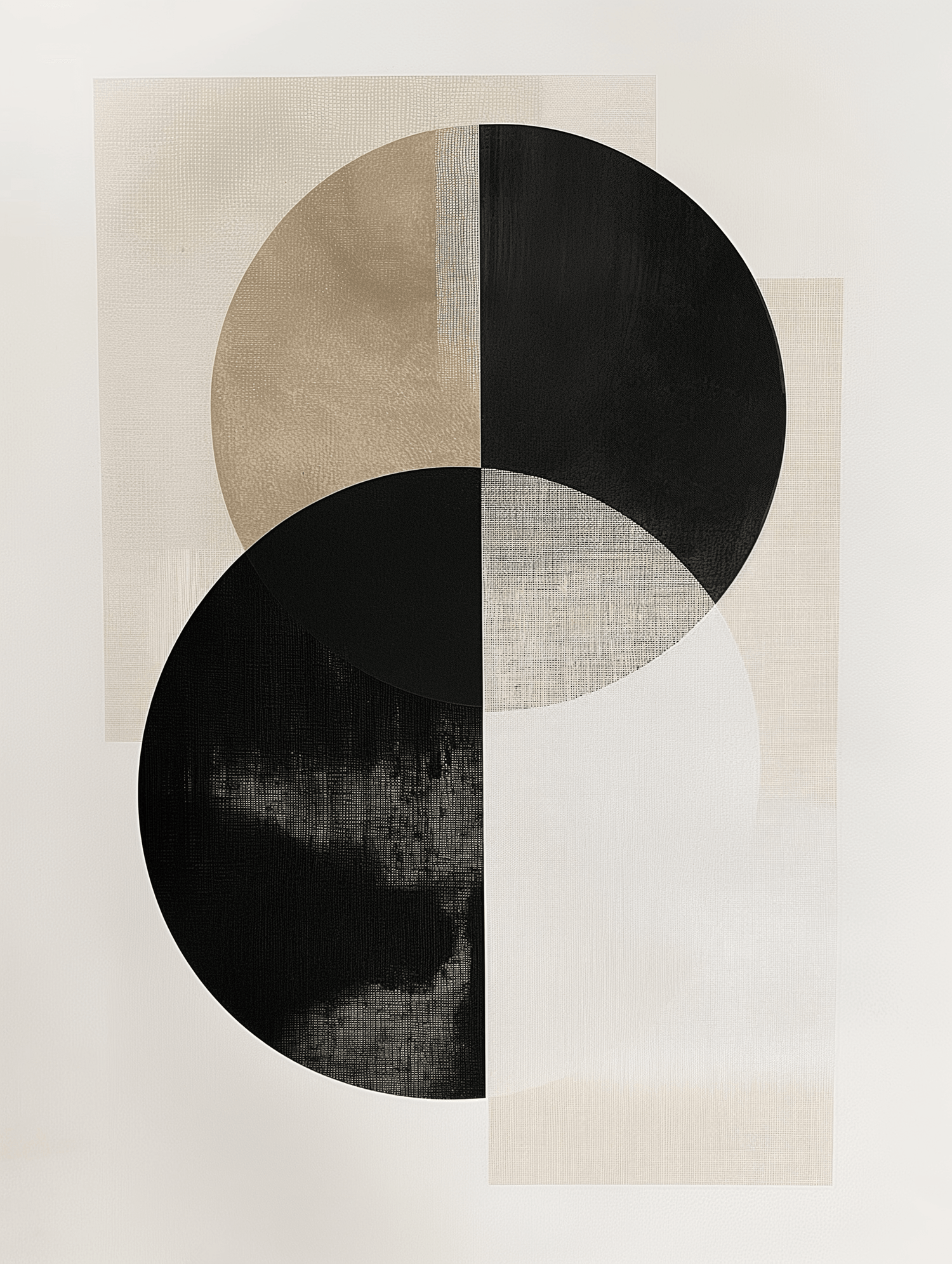
Édouard Manet is one of the key figures of 19th-century painting, considered the bridge between academic art and Impressionism. With provocative and innovative works, he challenged the canons of the time, paving the way for a new expressive freedom. In this article, we discover his most famous works, his role in the history of art, and some lesser-known curiosities about his life and career.
Who was Édouard Manet?
Born in Paris in 1832 to a bourgeois family, Manet was initially destined for a military career, but soon decided to follow his true passion: painting. He attended the atelier of Thomas Couture, but soon distanced himself from academic teachings to explore new pictorial languages.
Manet was often at the center of criticism and scandal, but it was precisely his rebellious and innovative spirit that made him one of the founding fathers of modern art. Although he did not consider himself an impressionist, he profoundly influenced the movement and was a reference figure.
The most famous works of Édouard Manet
1. Luncheon on the Grass (1863)

Exhibited at the Salon des Refusés, this work scandalized the public with its female nude in a modern and realistic context. The composition recalls classical art, but the setting and technique are revolutionary.
2. Olympia (1863)

Another controversial work: a naked woman, lying on a bed, looks at the viewer with a direct and shameless gaze. The work was considered obscene, but today it is a masterpiece of modernity.
3. The bar of the Folies-Bergère (1882)

One of his last works, it represents Parisian social life with a technique now close to Impressionism. The scene is reflected in a mirror, creating a fascinating visual and symbolic game.
4. The Railway (1873)

It portrays a young woman and a little girl near the railway tracks, symbolizing modernity and the social changes of the time. The contrast between realism and mystery is typical of Manet's style.
5. Portrait of Émile Zola (1868)
A tribute to his writer friend, defender of innovative art. The portrait is a tribute to intellectualism and the new role of the artist in society.
Manet's Style: Between Realism and Modernity

Manet was one of the first to represent contemporary life with clean cuts, vivid colors and free brush strokes. His painting breaks with academic narration, choosing the truth of the moment and the charm of ambiguity. His works speak of urban life, bourgeois society, pleasures and contradictions of modernity.
Manet and the Impressionists
Although he never officially participated in the Impressionist exhibitions, Manet was a point of reference for artists such as Monet, Renoir and Degas. His painting profoundly influenced the birth of the movement, especially for the use of light, the cut of the scenes and the attention to everyday reality.
Curiosities about the life of Édouard Manet
1. The first illustrious reject
The “Luncheon on the Grass” was rejected by the official Salon, but accepted at the Salon des Refusés, an event organized by Napoleon III to display rejected works. It was the first sign that art was changing direction.
2. A bohemian aristocrat
Although he came from a wealthy family, Manet frequented cafes, artists and rebellious writers. He loved Parisian life and was one of the first to tell it on canvas.
3. Friend of the great
He was a friend of Baudelaire, Zola and Mallarmé. The comparison with these intellectuals greatly influenced his art and the way he conceived the role of the artist.
4. A technical innovator
Manet often used pure black, a color that the Impressionists avoided. He considered it essential to give strength and contrast to his paintings.
5. A silent disease
In his later years, Manet suffered from locomotor ataxia, a neurological disease that forced him to paint small-format works. Despite this, he continued to work until the end.
Conclusion
Édouard Manet was a silent revolutionary, an artist who changed the rules without ever giving up his vision. His works, today more relevant than ever, tell of an era in turmoil and an artist capable of looking beyond.








